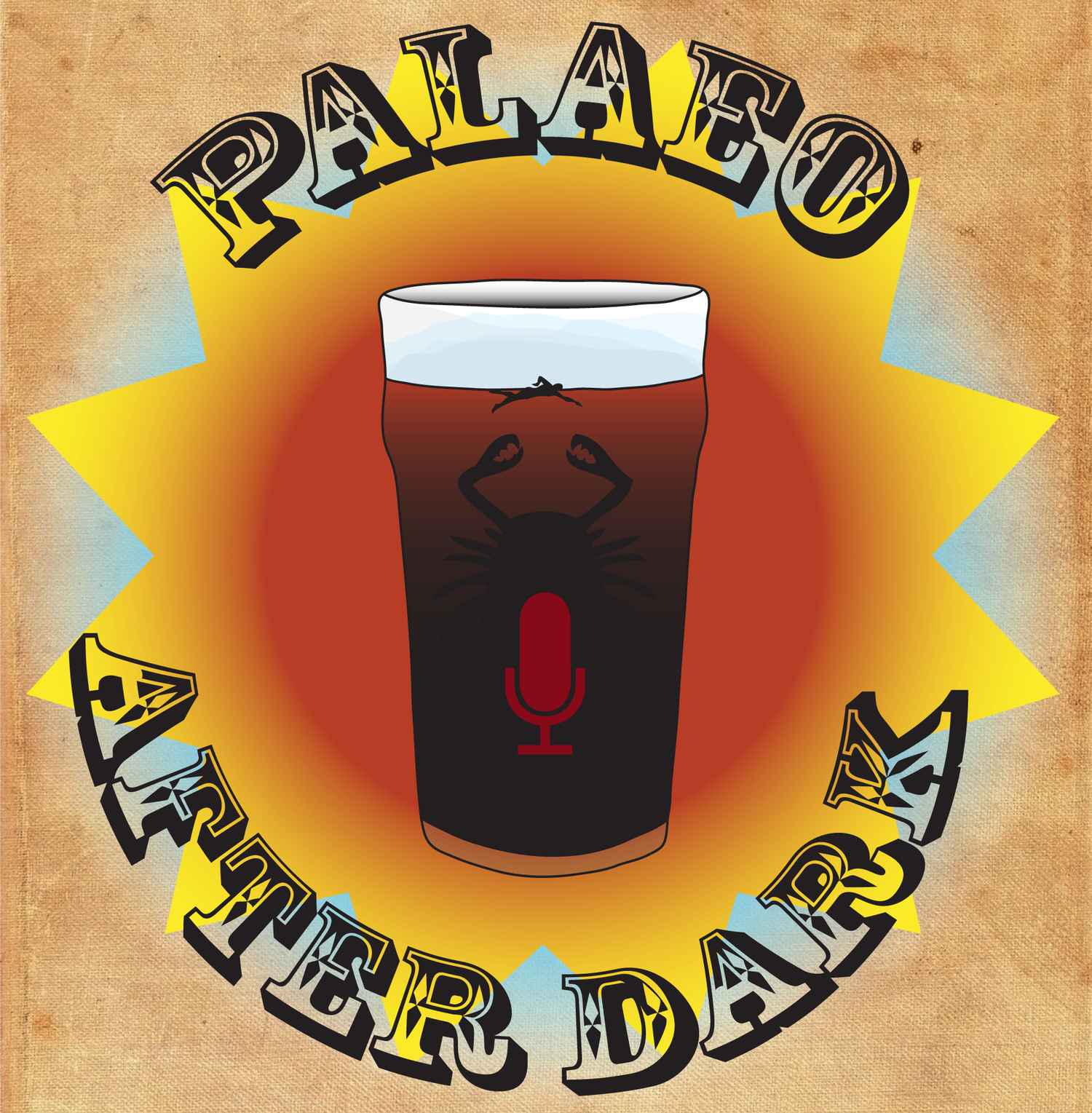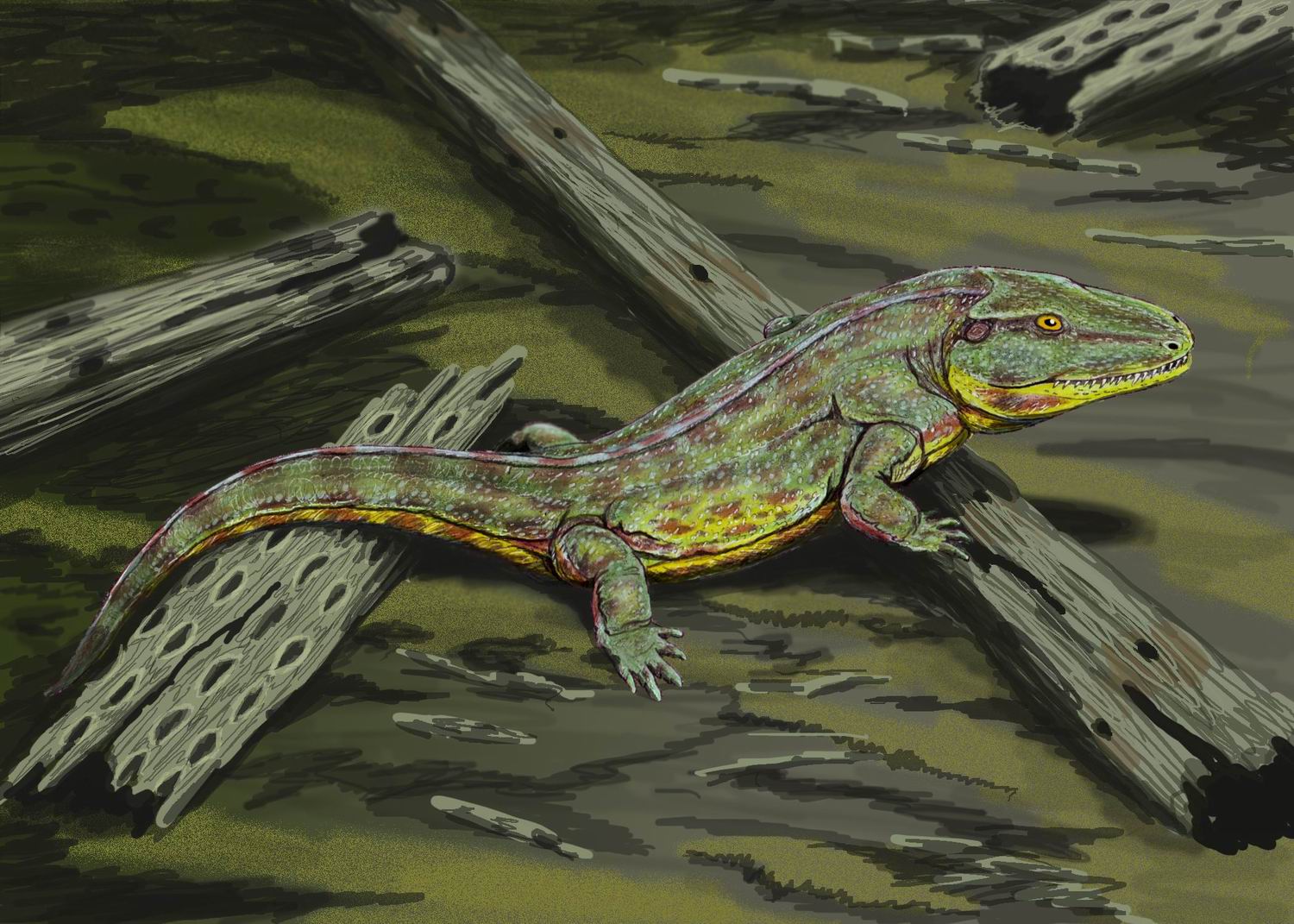Podcast 133 - Long-Standing Pathologies
/The gang discusses the various ways that injuries and diseases can be preserved in the fossil record, as well as the information these pathologies can give us on ancient biodiversity and behavior. Also, Amanda is coerced into accepting a delivery, James discusses the ways in which he sizes up the world, and Curt makes cutting comparisons between fictional and real life characters.
Up-Goer Five (Amanda Edition):
Today our friends talk about things that do not look right because the animal is broken or sick. First our friends talk about animals that are good to eat that have many arms. Some of these animals that are good to eat that have many arms are very old and do not live anymore. These animals that are gone have a rock inside their body that used to be on the outside but is now on the inside. One of these animals that are good to eat that have many arms has one of these rocks inside them and the rock has been hurt. We can look inside the rock where it has been hurt and see that it is not full of rock. We think that this rock was hurt by a little animal with many legs and a soft body that often makes water animals today sick or hurt. We think that this little animal with many legs and a soft body might have made this animal that is good to eat with many arms so sick it could not eat and died. Second our friends talk about an animal with four short legs and no hair. This animal with four short legs and no hair has a long behind. This long behind can sometimes fall off and the animal is fine. A big angry animal will eat the the behind and leave the animal with four short legs and no hair alone. Our friends talk about a very old animal with four short legs and no hair that had a behind that could fall off. It is the same as some living animals with four short legs and no hair, but it is also not the same. But it means that maybe the very oldest of these animals with four short legs and no hair could leave their behinds for big angry animals to eat, and they could run away and be safe, and so this thing that these animals can do is not a new thing but an old thing that has been around a long time, and not being able to do it is the new thing.
References:
LeBlanc, A. R. H., et al. "Caudal autotomy as anti-predatory behaviour in Palaeozoic reptiles." Scientific reports 8.1 (2018): 3328.
Hoffmann, René, et al. "A Late Cretaceous pathological belemnite rostrum with evidence of infection by an endoparasite." Neues Jahrbuch für Geologie und Paläontologie-Abhandlungen287.3 (2018): 335-349.

















